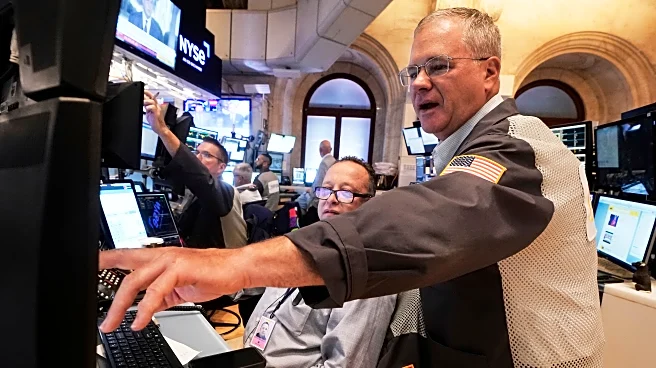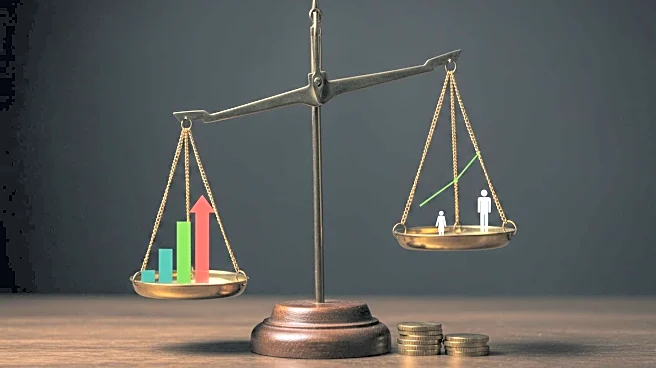Rapid Read • 7 min read
As the new school year approaches, President Trump's tariffs, implemented at the beginning of August, are causing concern among U.S. consumers regarding the potential increase in back-to-school costs. The National Retail Federation (NRF) reports that 12% more parents began shopping earlier this year due to tariff concerns, with 72% expecting higher prices. The NRF estimates total spending for back-to-school shopping to reach $39.4 billion, the second highest on record. Families with children in kindergarten through 12th grade are budgeting an average of $874.68 for school supplies. Companies face the challenge of absorbing tariff costs or passing them on to consumers, risking customer loss to competitors. Economists predict that retailers will eventually transfer these costs to consumers, as evidenced by a Goldman Sachs analysis showing consumers paid 36% of tariff costs three months after implementation.
AD
The tariffs are significant as they directly affect consumer prices, contributing to rising inflation, which has been increasing since April. This trend has caught the attention of the Federal Reserve, with Chair Jerome Powell noting that tariffs are beginning to appear in consumer prices. The tariffs are part of President Trump's strategy to bring manufacturing back to the U.S. or negotiate better trade deals, though he acknowledges potential price increases. The impact on back-to-school costs highlights broader economic implications, affecting household budgets and consumer spending patterns. Retailers like Target are attempting to mitigate these effects by maintaining prices on essential supplies, but long-term strategies may be necessary to address ongoing tariff-related challenges.
Retailers and consumers will continue to navigate the effects of tariffs on prices, with potential adjustments in shopping strategies and pricing models. Parents are advised to compare prices across different stores to find the best deals. The Federal Reserve may consider policy responses to manage inflationary pressures resulting from tariffs. The broader trade negotiations, particularly with China, remain a critical factor in determining future tariff impacts. Companies may seek to renegotiate terms with foreign suppliers to absorb costs, while consumers may adjust spending habits in response to price changes.
AD
More Stories You Might Enjoy












